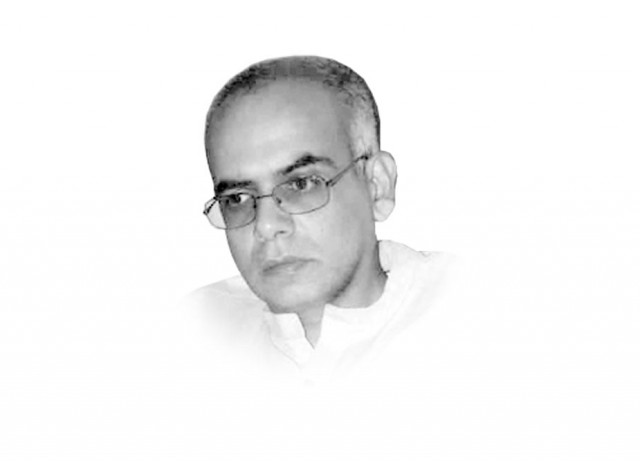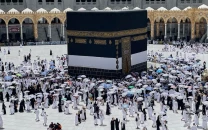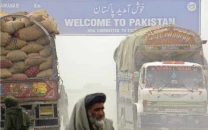Nepal after its Maoist revolution
.

The mountainous, land-locked, never colonised nation of Nepal is getting increased international attention due to the unfolding great power competition in South Asia. Whether Nepal will be able to leverage this newfound external interest to its advantage depends on the ability of its current leftist leaders to transcend personal ambitions and demonstrate greater statesmanship.
Communist ideologies have not had much luck in Bangladesh and Pakistan. While Sri Lanka has seen the Janatha Vimukthi Peramuna (JVP) form a government after the ouster of the Rajapaksa brothers in 2022, the JVP's historic communist leanings have been significantly compromised.
Communist parties yield significant influence in Indian states like Kerala, Tripura and West Bengal, and Maoist rebels are locked in a lingering insurgency against the hegemonic national government as well. Yet, Nepal is the only South Asian country where Maoists managed to take over the reins of power.
Nepal's recent political history has experienced rapid changes. The Shah dynasty unified Nepal during the 18th century, but real power soon shifted to hereditary chief ministers known as the Ranas. The Nepali Congress Liberation Army operating from newly independent India then formed an alliance with the monarchy to undermine the Ranas in 1951.
After sovereignty of the crown was restored, the Nepali Congress Party worked with the monarchy to form a new government, until King Mahendra decided to suspend parliament, and turn the country into an absolute monarchy again in 1960.
Increasing disgruntlement with the Hindu monarchy eventually led communist influences to gain influence. An outright Maoist revolt soon plunged Nepal into a civil war in 1996, which lasted for almost a decade. A Comprehensive Peace Accord was finally signed between the government and Maoists in 2006, which abolished the monarchy. Yet, despite the creation of a multi-party system, the political landscape of the country has remained instable.
There has been significant fragmentation amongst the Maoists, and formation and dissolution of varied coalitions has led to repeated changes in governments, even within a single electoral cycle.
During the last general elections, held in 2022, the Communist Party of Nepal-Maoist Centre (CPN-Maoist) formed a coalition with the Nepali Congress Party to secure power. But this partnership lasted for just over a year, before major differences emerged. A new leftist coalition was formed between the CPN (M) and the United Community Party (Marxist-Leninist), but the political situation remained tenuous.
The CPN (M) has recently formed a new coalition with the Nepali Congress Party. How long this new coalition will survive before tensions erupt between these traditionally competing parties remains to be seen. There is also a relatively small but active group demanding restoration of Nepal's monarchy, which has also been resorting to violent protests to draw attention to their cause.
Amidst all the in-fighting and jostling for power, there is scant attention paid to catering to the basic needs of the citizenry, to creating responsive state institutions, achieving sustainable economic growth and improving the lives of ordinary Nepalis.
Nepal has the chance to leverage its geopolitical location to funnel more Chinese investments into the country to push back against traditional Indian hegemony. The US is also keener to invest in Nepal, primarily to keep the Chinese at bay.
However, Nepali politicians will need to demonstrate much greater maturity and astuteness to balance these contending external influences in a manner which maximise national interests rather than serving their personal ambitions. Thus far, neither the Maoists factions nor the Nepali Congress Party have demonstrated such foresight.















COMMENTS
Comments are moderated and generally will be posted if they are on-topic and not abusive.
For more information, please see our Comments FAQ